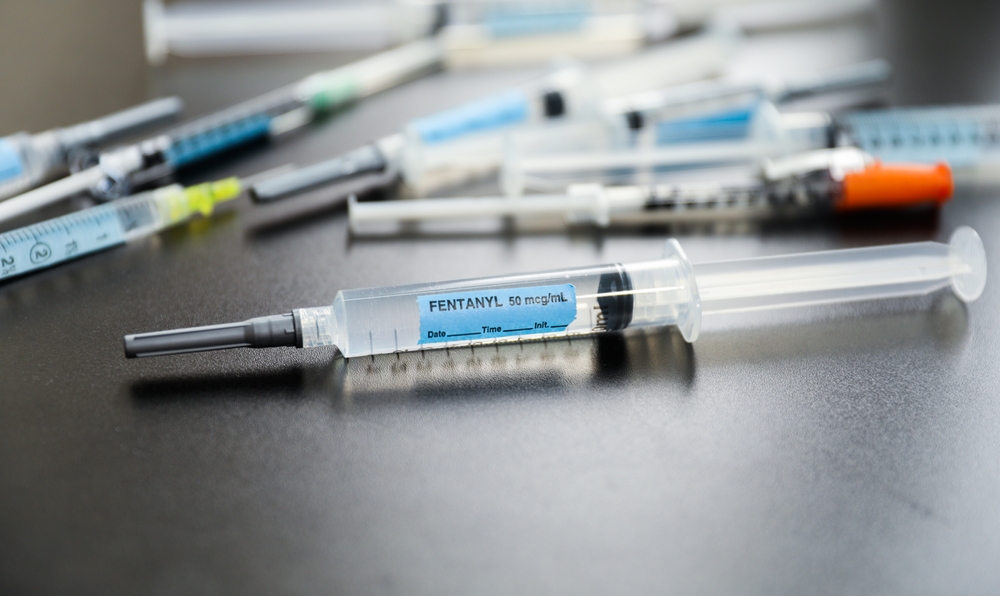San Francisco is gearing up to open the United States' first legal supervised injection facility in July. For the more than 22,000 people who inject drugs in the city, a new day is on the horizon – and they'll live to see it.
Authorities in the city of San Francisco have announced their intention to open the US’ first supervised injection facilities (SIFs) in July 2018. It's not alone – Philadelphia and Seattle are also moving forward with the idea, while other cities are coming around to different harm reduction methods, such as expanding syringe access services. After decades of activists pounding the pavement, local public health departments are finally ready to embrace compassionate, evidence-based reforms and take the steps necessary to address the opioid crisis and save lives.
In a SIF, people are given access to a safe environment and sterile equipment to use pre-obtained drugs under the supervision and advice of trained medical personnel, who monitor them to prevent overdose death. San Francisco will be choosing two existing service-providing organisations as locations for the first sites, with plans to scale up the initiative as needed. The idea behind piggybacking off of existing service providers is to integrate SIFs into the larger network of care and draw vulnerable populations back into the public health system. That way, when someone comes to a SIF, they don't just shoot up and leave – they will have access to, if they want it, a variety of other health and wellness amenities. These could include case management, entrance into rehab or detox programs, shelter services, free meals, workforce development training, showers, and more. In this so-called “integrated model”, every interaction builds trust and community, and opens pathways for people to feel empowered to help themselves.
I spent the past summer working with Glide Harm Reduction, which operates a needle exchange and outreach program in San Francisco and is one of the candidates for opening a SIF. I walked the streets distributing safer injection supplies; I trained people to use the life-saving drug Naloxone, which reverses opioid overdose; and I spoke at the public meetings where this very initiative was hotly debated. We desperately need supervised injection facilities.
Critics of the plan argue that there is nothing "safe" about injecting drugs, and that these sites are a misguided and enabling mistake. However, while drug use does carry risk, saying that one cannot do it more safely is an irresponsible and baseless claim. Often, the harms incurred are a result of the use practices and circumstances, and are not intrinsic to the drug itself. Even overdose risks are mitigated by the environment in which someone uses drugs. At every step of the process, there are ways for people who inject drugs to mitigate the potential harms.
For example, without sterile needles, people who inject drugs may reuse and share syringes, often in hostile environments. Reusing can blunt the needle and cause more damage to veins and tissue, as well as creating a larger puncture in the skin, which increases bleeding and the likelihood of infection. Sharing needles spreads life-changing diseases such as HIV and Hepatitis C, and having to inject in the streets or public bathroom puts people at risk of acquiring bacterial infections, as well as adding an element of stress surrounding being caught. A person's environment and stress levels can even have physiological effects on their tolerance, increasing the likelihood of overdose.
I've spoken with people who shared needles with friends known to have Hepatitis C, simply because they had nothing else to use. Some people try to sharpen used needles, which makes them ever more damaging to the skin and likely to snap while injecting. Others suffer from painful abscesses and collapsed veins due to improper injection methods and impure substances. People use and die alone, in cold alleyways, because so many others believe they aren't worth saving. A man lay dead on Market Street, a tourist area and financial centre, for 24 hours before anyone even bothered to check on him.
I’ve seen first-hand the harms that have taken place in San Francisco due to the lack of a SIF. People are needlessly dying, and the opening of this facility will go a long way in reducing these deaths. I hope that other cities across the country, and across the world, can follow San Francisco’s example.
Read the final report of San Francisco's SIF Task Force here.


